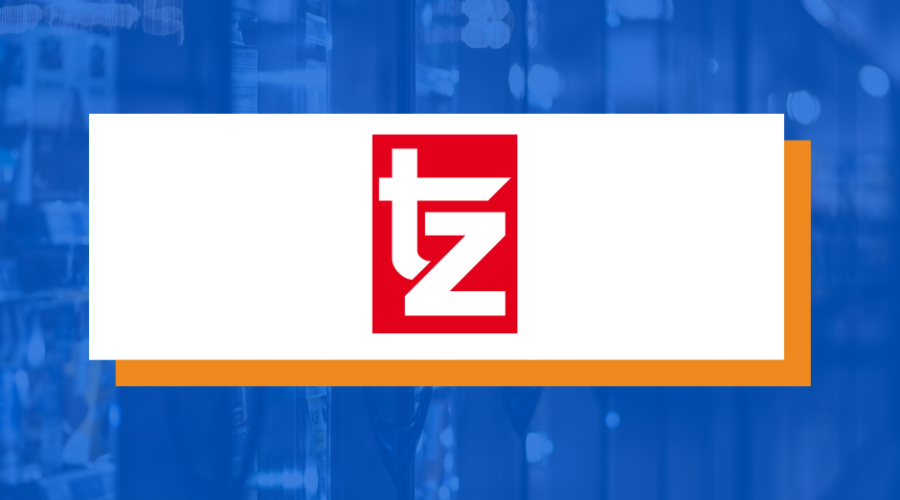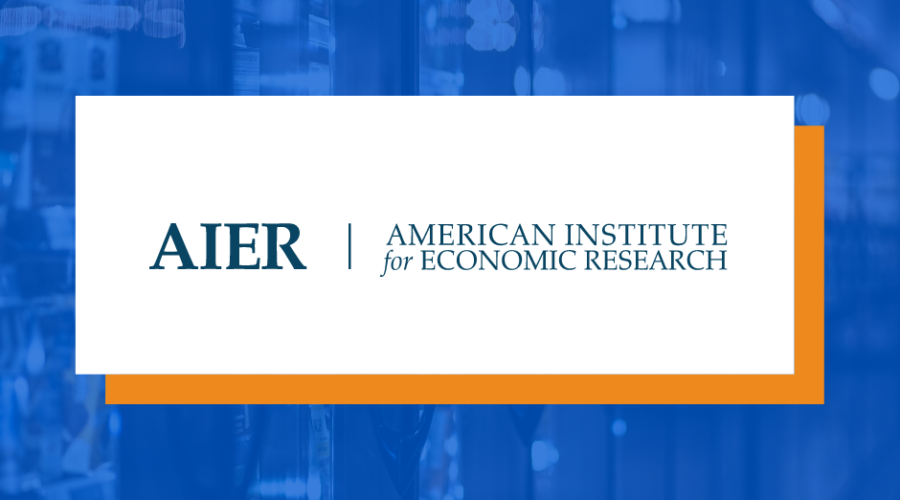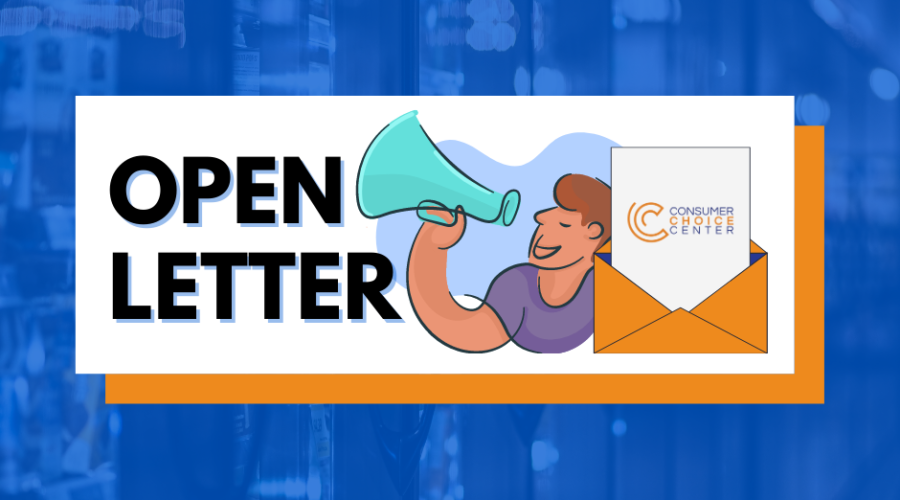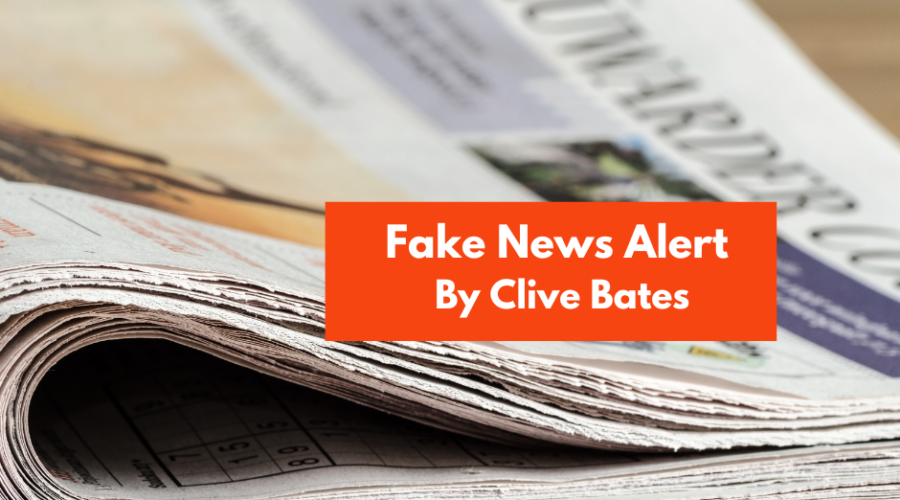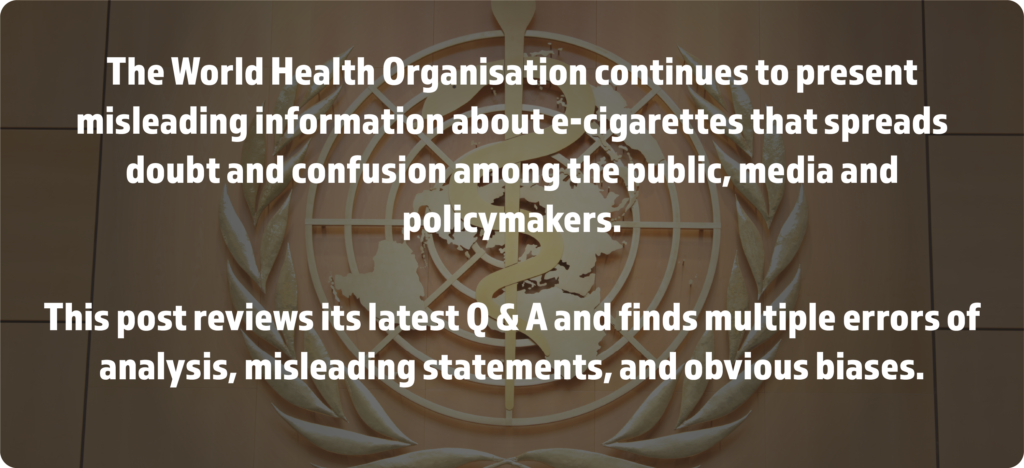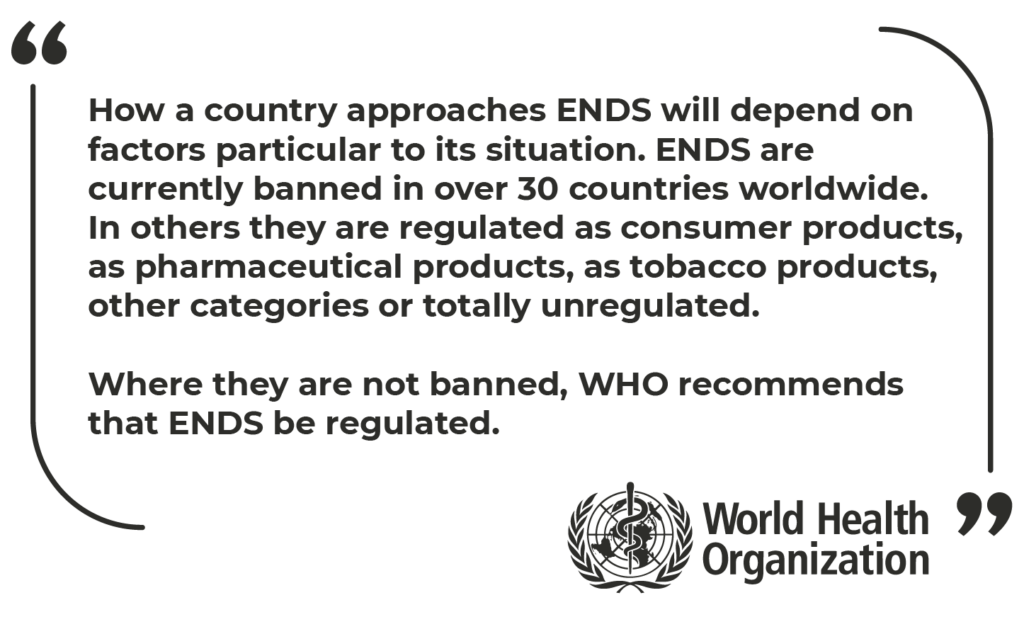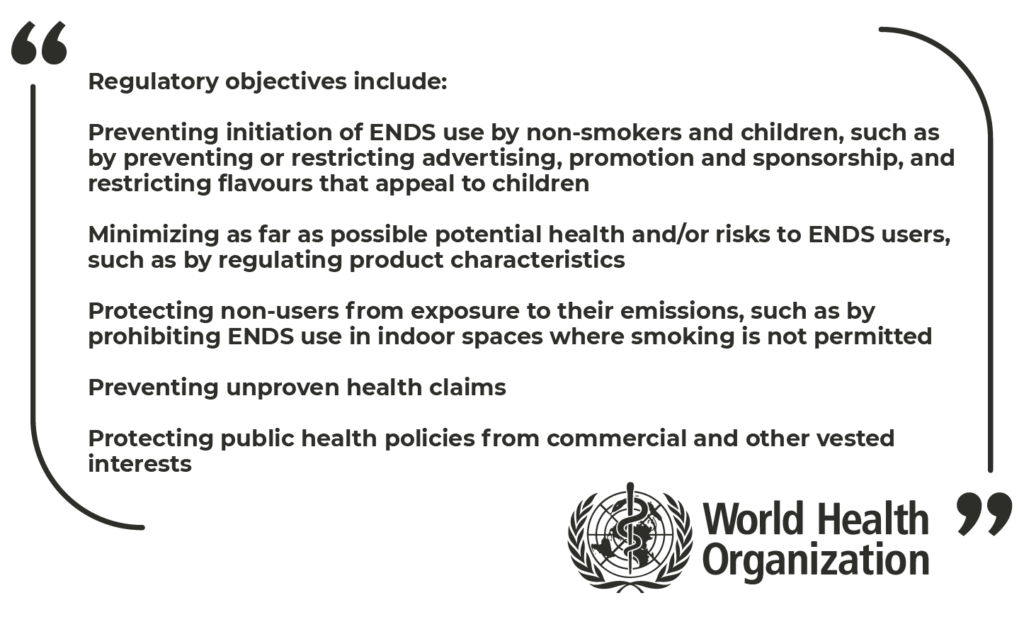Biden’s Agriculture Regulations Would Weaponize EPA, Increase Prices
Congress is inept at making legislation precise – this fact has allowed consecutive administrations for decades to use federal agencies for their political goals. The Environmental Protection Agency (EPA) is among those examples. Worse than the political implications are the real-life effects that a recent regulatory decision will have on consumers.
The EPA has moved to effectively ban a herbicide commonly used in the United States, particularly in corn production. This chemical, atrazine, will be familiar to some readers because of the comical way in which conspiracy theorist Alex Jones has long claimed that it “turns the friggin’ frogs gay”. Other than the alleged goal of feminizing the entire adult male population for an objective supposedly unknown to Jones himself, atrazine does fulfil an essential function.
As the second-most widely used herbicide in the country, the compound doesn’t only assure that fields are free of undesired weeds but it also allows for the practice of no-till farming – a technique that eliminates diesel-fueled tillage and avoids soil erosion. The less tillage performed on farmland, the less carbon dioxide emissions are being released into the atmosphere – a no-brainer for those adamant about reducing the impact that agriculture has on our carbon footprint.
Without this herbicide, farmers in the United States will face a very bleak future. 65 million acres of corn, sorghum, and sugar cane would be directly affected, with as much as 70 percent of corn in the Midwest, South and East of the U.S. If consumers thought supply chain disruptions during COVID were dire, they’re in for quite a surprise if the EPA pushes through this reevaluation.
Why not just go organic?
In organic farming, no-till farming is immensely challenging at best, and the absence of synthetic pesticides creates significant crop losses. A study by the University of Melbourne in Australia shows that organic farming yields 43 percent to 72 percent less than conventional methods — and that achieving the same output requires 130 percent more farmland. Adding to that, a move to an all-organic farming model would increase carbon dioxide emissions by up to 70 percent.
Just as disconcerting as the effects of an atrazine ban would be on the American farm system is the way in which the EPA achieves this goal. The agency relies on external studies to support the so-called concentration equivalent level of concern (CE-LOC), which is currently set at 15 ppb (parts per billion). This number was reached after careful consideration: while high concentrations of atrazine runoff can suppress algae populations in nearby streams and waterways, the 15 ppb level assured that that would not be possible.
According to the EPA, research supports a CE-LOC of 3.4 ppb. At this concentration level, the chemical becomes unusable for farmers, thus effectively making it illegal. The EPA’s own SAPs (Science Advisory Panel) have alerted the agency to the fact that many of the studies it bases itself on are unreliable. In plain English: the EPA relies on junk science to ban a vital agricultural tool, and its own scientists have made it aware of how unsensible that is.
Until September 2, the decision to reevaluate atrazine is able to be commented on by farmers, but even if the reactions are majoratively negative, the EPA could be able to push through the decision before the end of the year with devastating effects on farmers and consumers. As corn production will be adversely affected, the price of corn and corn-based ethanol will skyrocket, only exacerbating the existing food price inflation. Corn prices have already increased by more than 20 percent in 2020 and 2021, respectively, with 2022 on a similar trajectory. If the EPA pushes through a ban on atrazine, the Biden administration will most likely hide behind these inflation figures and blame the effects on COVID or the war in Ukraine, as it does so consistently.
The political aim of the administration to ban pesticide after pesticide is similar to the aims of the European Union, which has set out to cut pesticide use in half by 2030. When USDA assessed the effects of the planned European reforms, it found that it would increase food prices by between 20 and 53 percent, and also lead to a considerable reduction in GDP. If those are the blueprints that Joe Biden makes his decision by, then American consumers are in for a bumpy ride.
Originally published here




